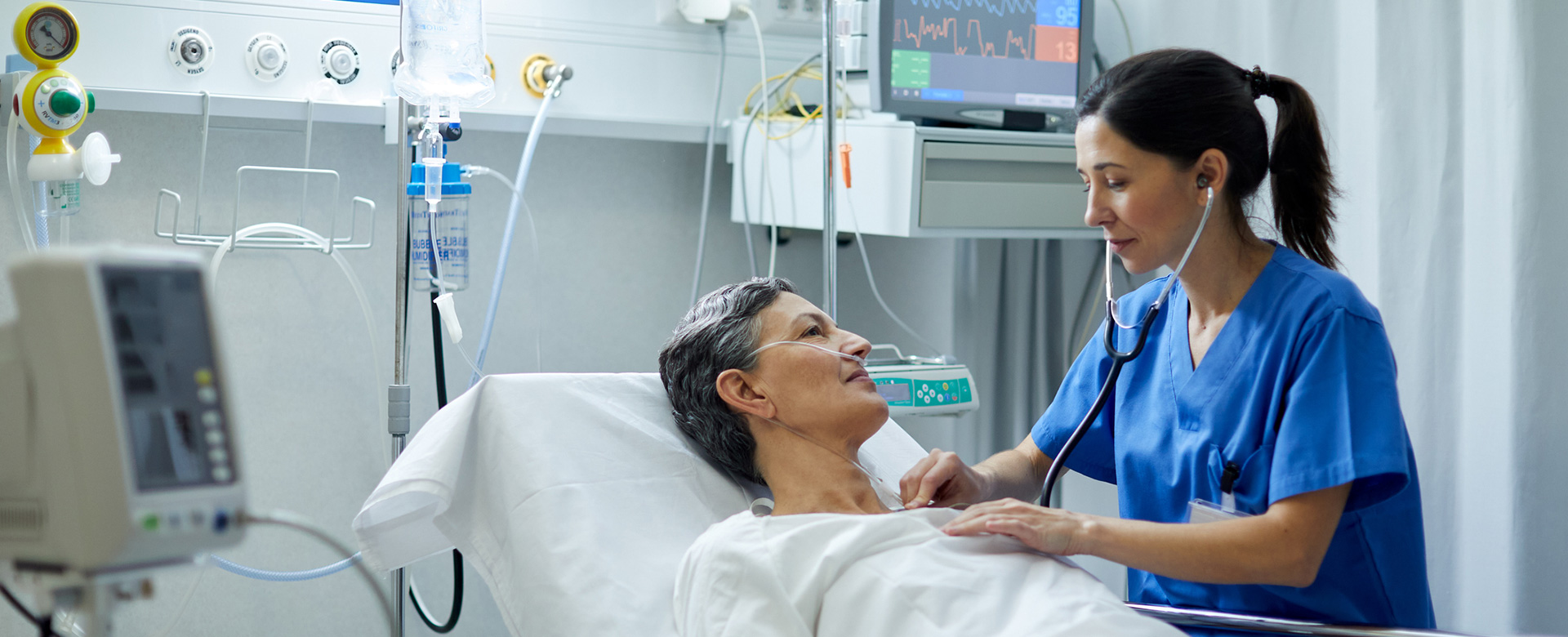Through our BML Health Blog in addition to informing our clients, partners and other stakeholders of the latest happenings at BML Technology, we also seek to inform the community about some of the latest interesting ways in which innovative companies, research centers, universities and other organizations are creating the future of healthcare by integrating the latest medical technologies to address a wide array of unmet clinical needs.
On a weekly basis we see announcements of pioneering new digital health technology to better address challenging healthcare problems or to deal with clinical needs that had yet to be addressed. The combination of medical devices, artificial intelligence machine learning algorithms and human expertise are opening a new world of possibilities in the practice of healthcare and most importantly generating improved patient outcomes.
TREWS – A Machine Learning Algorithm helping to detect the earliest signs of Sepsis
This week we are looking into a research study on TREWS. TREWS, which stands for Targeted Real-Time Early Warning System, is an Artificial Intelligence machine learning algorithm developed at Johns Hopkins University by computer scientist Suchi Saria, that seeks to detect the early signs of Sepsis in real time, hours earlier than the traditional methods presently employed. Reliably identifying and treating Sepsis as early as possible are critical factors for improving Sepsis outcomes. The early administration of broad-spectrum antibiotics intravenously is associated with lower mortality and morbidity

Sepsis is a life-threatening reaction to an infection. It happens when the immune system overreacts to an infection and starts to damage the body’s tissues and organs potentially leading to organ failure and death. It is a serious problem responsible for 35% of in-hospital deaths in the US, According to The Canadian Sepsis Foundation an estimated 75,000 cases of Sepsis occur in Canada every year, likely causing 18,000 deaths, and 1 in 18 overall deaths are related to Sepsis. It is a serious problem that affects millions of people everyday. A tool that helps clinicians identify Sepsis and treat it earlier could have a serious positive impact in people’s lives.
During the study, more than 4,000 clinicians used TREWS to monitor over 590,000 patients across five hospitals in the Washington DC area over a two year period. The results are highly encouraging, it is estimated that patients are 20% less likely to die of sepsis due to the early detection warning provided by TREWS, valuable time that allows clinicians to take effective action. Among 9,805 identified Sepsis cases TREWS achieved a high sensitivity rate identifying 82% of them, and an overall accuracy rate of 38%. This performance is significantly better than prior efforts which identified less than half as many cases and were accurate only 2% to 5% of the time.

Study co-author Albert Wu, director of the Johns Hopkins Center for Health Services and Outcomes Research states: “This is a breakthrough in many ways, Up to this point, most of these types of systems have guessed wrong much more often than they get it right. Those false alarms undermine confidence.”
In the Sepsis cases that were confirmed by clinicians within three hours, in hospital mortality, organ failure and length of hospital stay all declined, specially in patients who were flagged as the highest risk who obtained significant benefits. In the most serious cases where even a one hour delay can be the difference between life and death TREWS detected Sepsis on average six hours earlier than standard methods.
Lead researcher Suchi Saria believes that this accurate early warning capability has the potential to save thousands of lives: “This is an extraordinary leap that will save thousands of sepsis patients annually. And the approach is now being applied to improve outcomes in other important problem areas beyond sepsis.”

TREWS tracks patients from their arrival in the hospital until their discharge, it combines a patient’s medical history and records with current symptoms and lab results. The machine-learning algorithm alerts clinicians when someone is at risk for Sepsis and even suggests treatment protocols such as requesting blood cultures or prescribing antibiotics..
One of the primary challenges to identifying Sepsis at an early stage is that its symptoms are similar to those manifested by many other conditions: fever, elevated heart rate, high white blood cell count and elevated breathing.
One can see how triggering an alert when two out of those four conditions are present can lead to a high number of false positives, which is what happens with existing systems. TREWS addresses this challenge by monitoring dozens of additional data points in a patient’s electronic records and taking into account whether the symptoms are being caused by another condition, such as kidney failure. In this manner it generates significantly less false positives.
It is encouraging to see how an artificial intelligence machine learning algorithm such as TREWS is generating tangible positive patient outcomes in clinical settings. We can say without exaggeration that TREWS is saving lives.
Keeping the positives in mind you shouldn’t expect to see TREWS deployed at your local hospital anytime soon, due to myriad industry factors, but it is precisely these types of large successful real world deployments and proven results that are paving the way for the innovative solutions being developed at the cutting edge of digital health and medical technology to become a part of our everyday lives.
About BML Technology
BML Technology understands digital health. At the intersection of medical technology, clinical research and patient-centric healthcare BML drives the mainstream adoption of digital technology in healthcare. Offering a full range of services to the digital health ecosystem BML manages the complex stakeholder interactions necessary to get digital health solutions to market and gain adoption.
Stay Connected with BML Technology.
Connect with BML Technology on LinkedIn.


